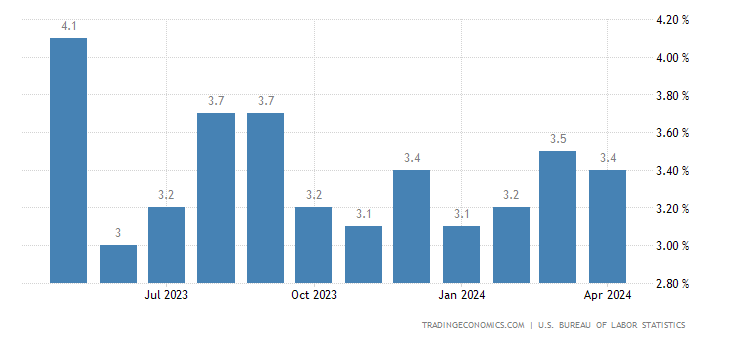- Joined
- Apr 29, 2013
- Messages
- 486
- Reaction score
- 693
The Way It Was
Measurement of consumer inflation traditionally reflected assessing the cost of maintaining a constant standard of living, as measured by a fixed-basket of goods. Maintaining a constant standard of living, however, is a concept not popular in current economic literature, and certainly not within the thinking or the lexicon of the Bureau of Labor Statistics (BLS), the government’s statistical agency that estimates and reports on consumer inflation.
The changing costs of maintaining a constant standard of living were measured by pricing out a fixed-basket of goods and services—same components, same weighting—period after period. Whatever the percentage change was in the cost of that basket of goods, that is how much income would have to rise in order for someone to maintain a fixed- or constant-standard of living over the given period. At least it was a reasonably consistent approximation of same.
Tracking changes in the cost of a fixed-basket of goods was the approach to estimating inflation, going back to at least the 1700s,
No. 515—PUBLIC COMMENT ON INFLATION MEASUREMENT AND THE CHAINED-CPI (C-CPI)
Last edited:









